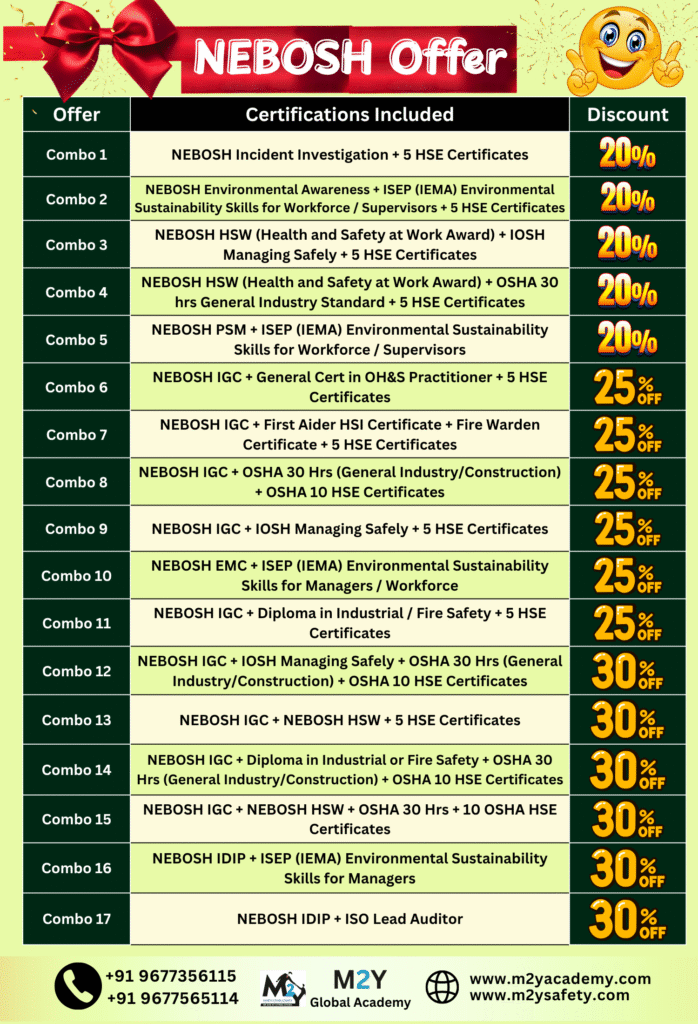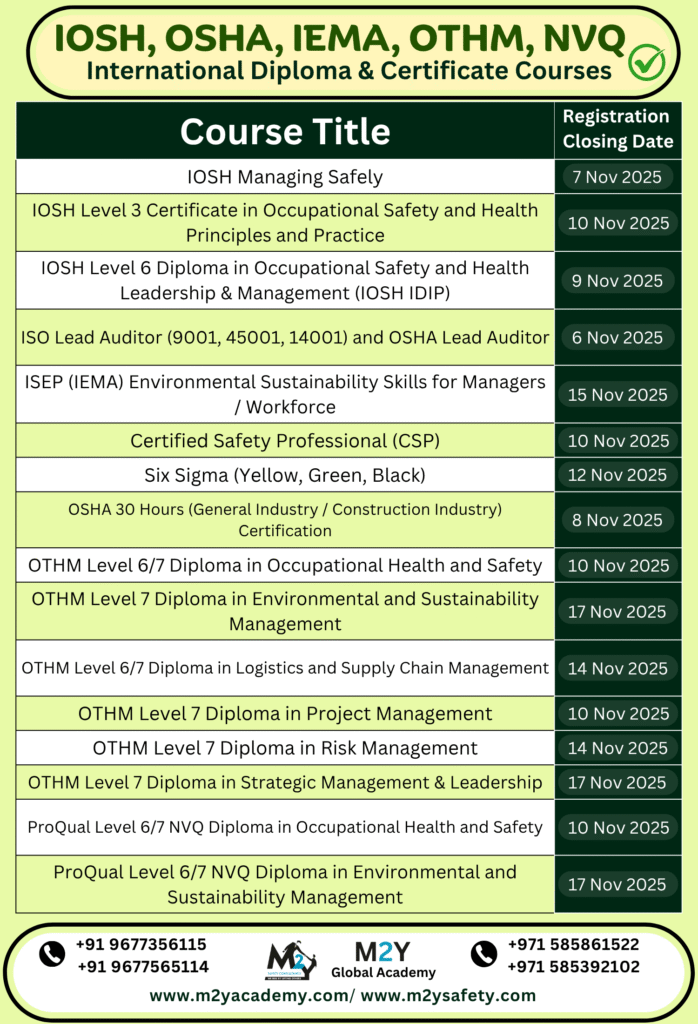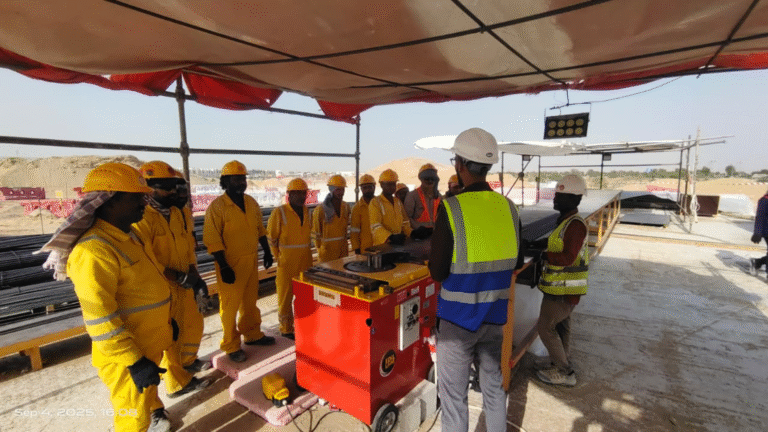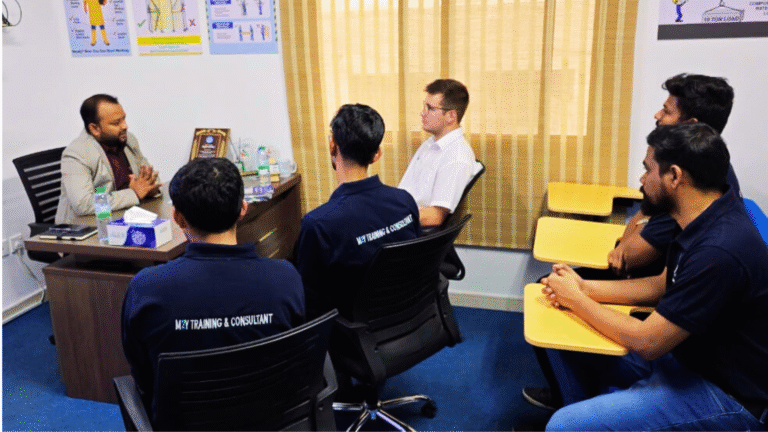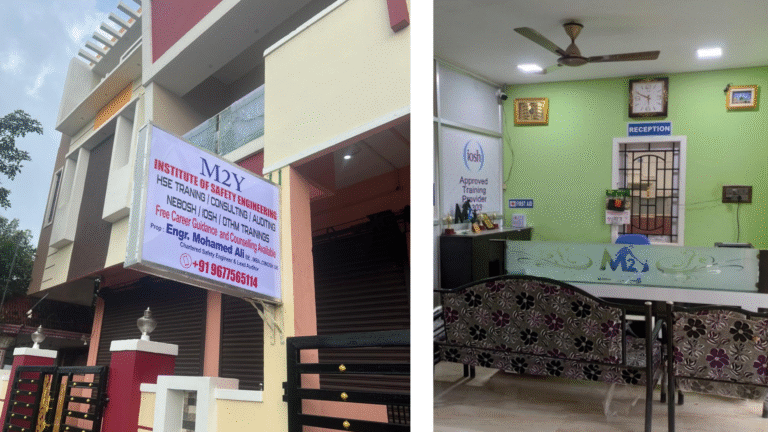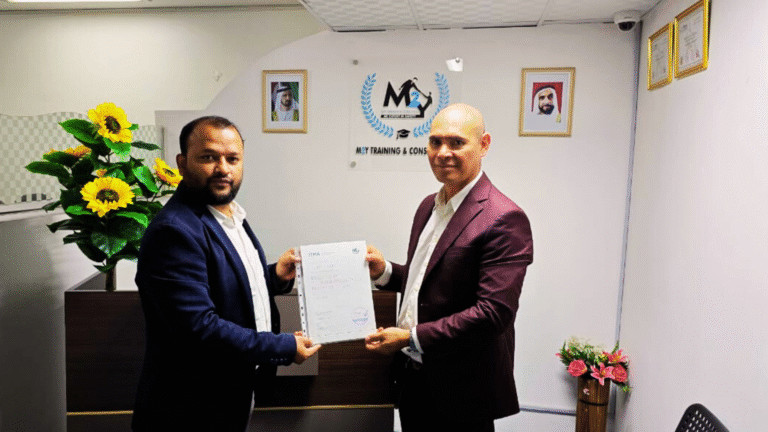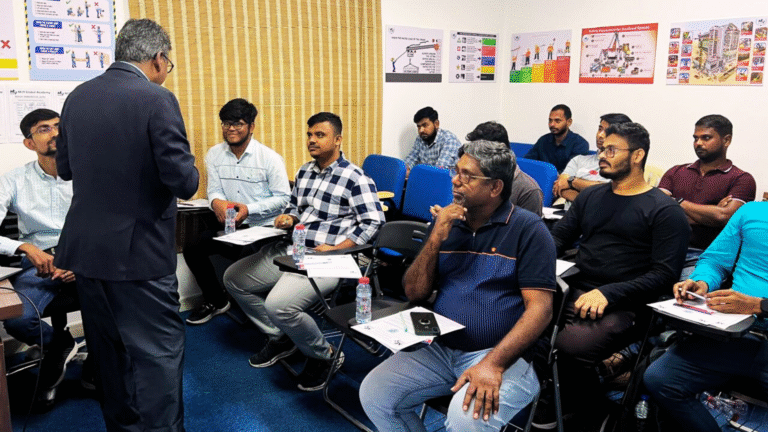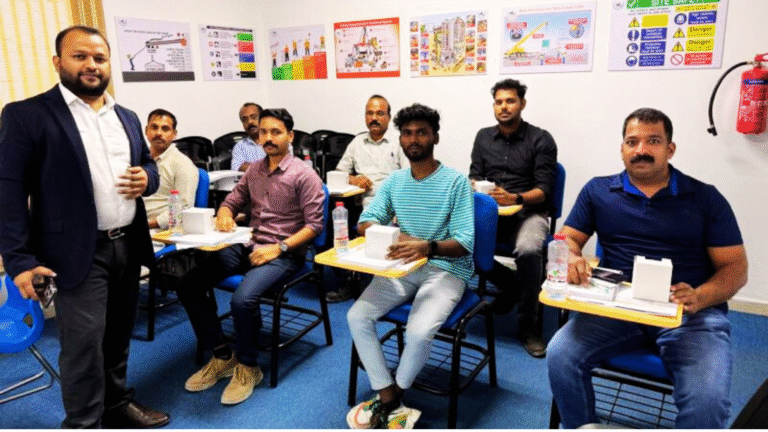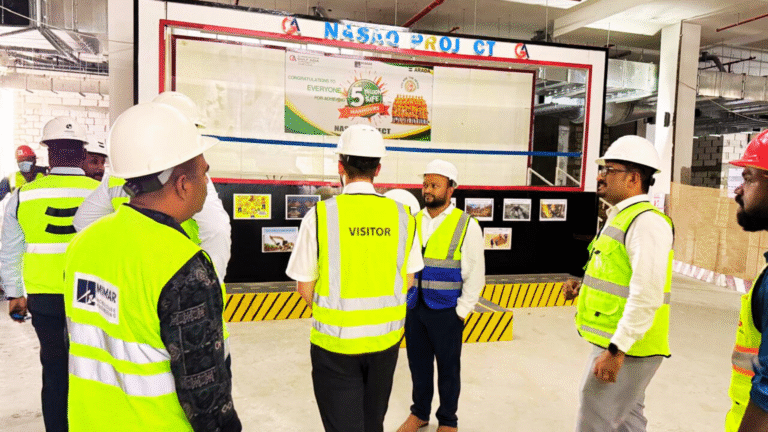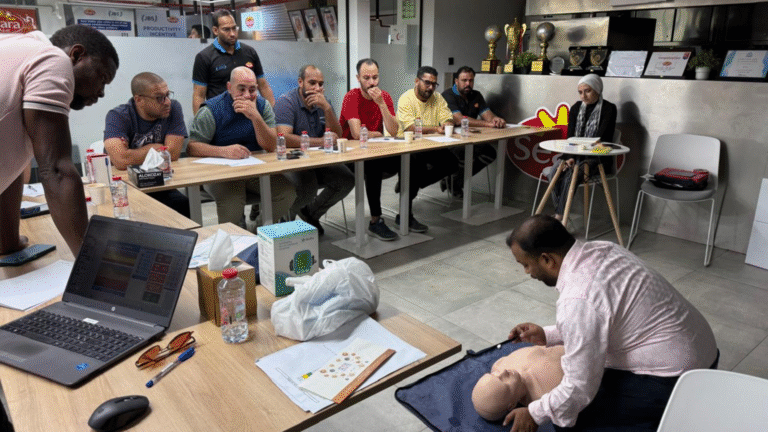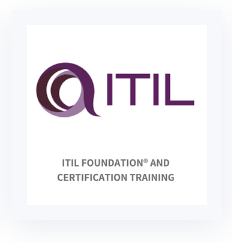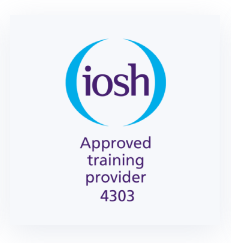Petroleum Safety Training
Introduction: Why Petroleum Safety Training Matters
The oil and gas industry is one of the most hazardous sectors in the world. Whether you’re working on an offshore rig, in a refinery, or handling petrochemical processes, the risk of fire, explosions, toxic exposure, and environmental disasters is real. For those passionate about safety and seeking a fulfilling career in a high-stakes environment, petroleum safety training offers a gateway to meaningful work, lucrative job roles, and the ability to save lives and protect the environment.
If you’re searching for how to start or grow your career in petroleum safety, you’re likely asking:
Which certification is right for me? What will I learn? What job can I get after this course?
Let’s break it down step by step.
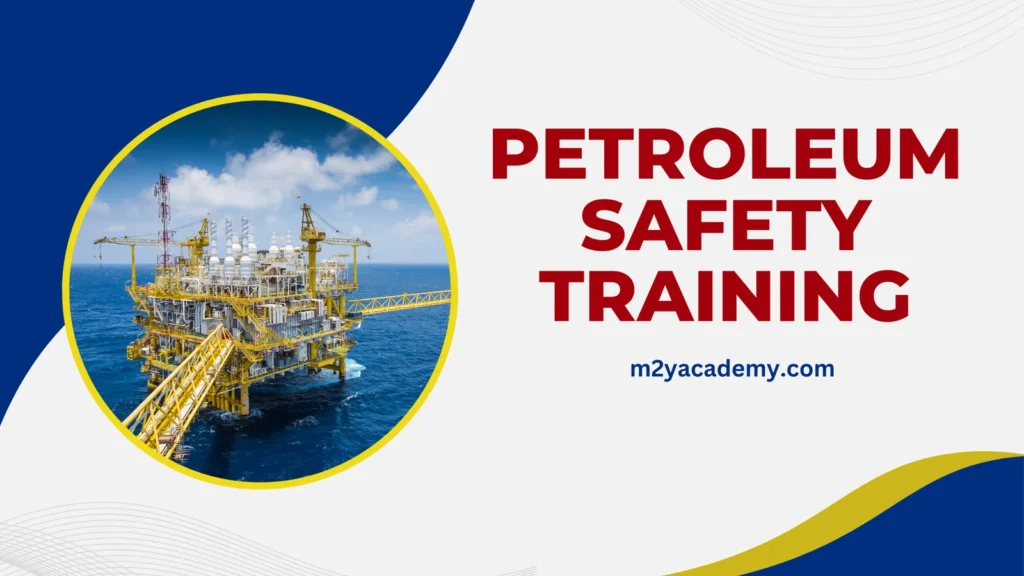
What Is Petroleum Safety Training?
Petroleum safety training refers to specialized courses designed to teach safety principles, hazard control techniques, and emergency management in oil, gas, and petrochemical industries. These courses are tailored to address real-world hazards that professionals face in upstream (exploration and production), midstream (transport and storage), and downstream (refining and distribution) sectors.
Top-Rated Course: NEBOSH HSE Certificate in Process Safety Management (PSM)
Among the globally recognized qualifications, the NEBOSH HSE Certificate in Process Safety Management (PSM) stands out as a flagship course for professionals in high-hazard industries.
Course Overview:
Duration: 5 days
Mode of Study: Online and classroom-based options
Assessment: 90-minute multiple-choice examination
Accreditation: Jointly developed by NEBOSH and the UK’s Health and Safety Executive (HSE)
What You’ll Learn:
Process Safety Leadership
Understand the critical role of leadership in shaping safety culture and accountability.Management of Process Risk
Learn techniques for identifying, assessing, and managing process-related hazards.Process Hazard Control
Explore various hazard types (pressure, temperature, chemical) and methods of controlling them.Fire and Explosion Protection
Dive deep into fire triangle principles, explosion risks, and mitigation strategies.
This course is ideal for anyone working in petroleum, chemical manufacturing, or any process-intensive environment.
Real-World Career Opportunities After NEBOSH PSM Certification
Completing a NEBOSH HSE Certificate in Process Safety Management not only enhances your knowledge but significantly boosts your employability in global markets like the Middle East, Africa, and Asia.
Here are some job roles you can pursue:
✅ Process Safety Engineer
Duties: Implement safety systems, lead HAZOP studies, and ensure process design integrity.
Average Salary: $70,000 – $120,000/year
✅ HSE Officer (Health, Safety, and Environment)
Duties: Conduct safety audits, monitor site compliance, and deliver safety training.
Average Salary: $60,000 – $90,000/year
✅ Safety Manager
Duties: Lead safety departments, develop strategic policies, and manage compliance.
Average Salary: $80,000 – $130,000/year
✅ Risk Manager
Duties: Identify organizational risks, evaluate controls, and lead continuous improvement initiatives.
Average Salary: $90,000 – $150,000/year
✅ Emergency Response Coordinator
Duties: Develop response plans, conduct drills, and ensure incident preparedness.
Average Salary: $70,000 – $110,000/year
Why Choose M2Y Global Academy for Petroleum Safety Training?
M2Y Global Academy is a trusted name in occupational health and safety training, with global recognition. Our training is delivered by industry experts, designed for working professionals and freshers alike, and offers:
Flexible online and offline learning modes
Expert mentoring for exam success
Job assistance and career guidance
Accredited and globally accepted certifications
👉 Explore NEBOSH PSM and more at M2Y Global Academy
Who Should Take Petroleum Safety Training?
This course is ideal for:
Engineers working in petrochemical and refinery environments
Safety officers seeking process safety expertise
Technical supervisors in oil and gas
Graduates aiming for HSE roles in high-risk industries
Government and compliance auditors
Final Thoughts: Your First Step into a Safer Future
In a volatile industry like oil and gas, knowledge is safety. Investing in a course like NEBOSH PSM is more than adding a certificate to your resume — it’s about equipping yourself with the tools to prevent incidents, protect lives, and progress professionally.
Whether you’re just starting out or looking to specialize in process safety, this certification is a powerful step forward.
FAQs About Petroleum Safety Training
Yes, it’s one of the most recommended qualifications for those entering or working in process industries like oil, gas, and chemicals.
Yes, M2Y Global Academy offers online options that are flexible and tutor-supported.
Yes, fresh graduates in engineering, chemistry, or science can take this course to enter safety roles in the petroleum industry.
The course includes a 90-minute multiple-choice exam that tests knowledge across four main topics.
You can also explore IOSH, OSHA 30 Hour, Confined Space Training, Fire Safety, and Permit to Work Courses.


